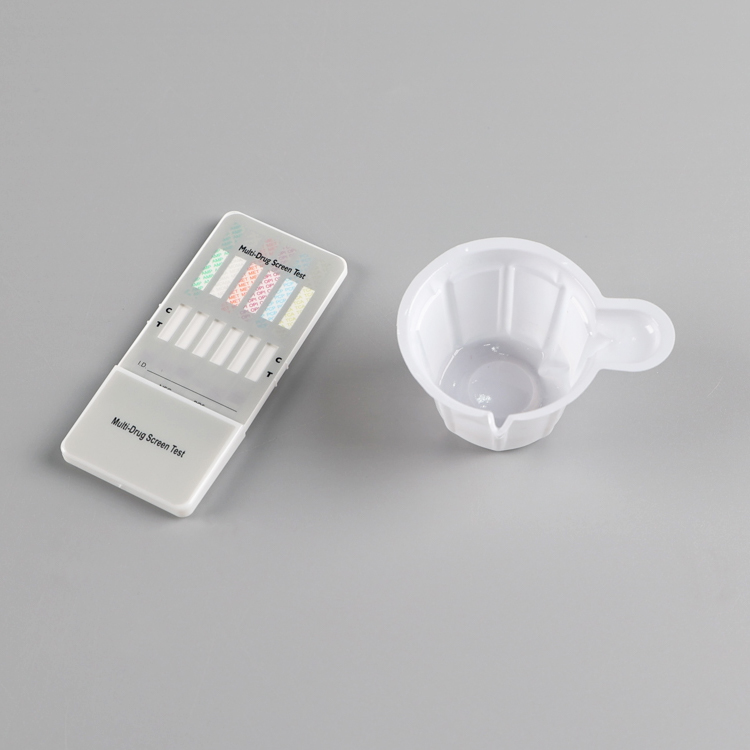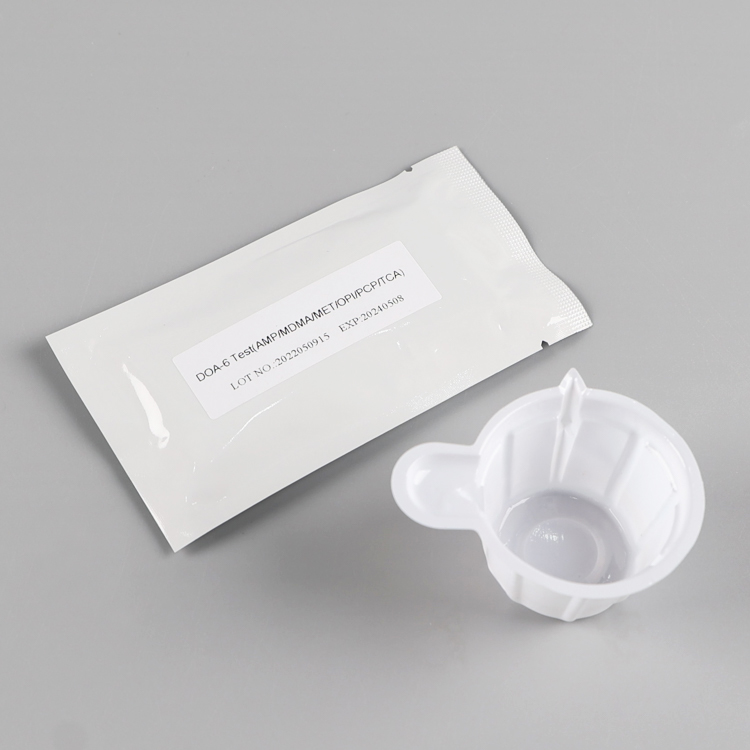Glass is a versatile material used in architecture, and it can be classified based on its functional characteristics. According to architectural standards, glass has four main categories: clear glass, decorative glass, safety glass, and energy-saving decorative glass. Each type offers unique properties that make it suitable for different applications.
First, let's explore the properties of clear glass. Clear glass is known for its excellent light transmission. For example, 3 mm thick glass allows about 87% of visible light to pass through, while 5 mm thick glass transmits around 84%. It also allows near-infrared heat rays from sunlight to pass through, but effectively blocks far-infrared radiation, which helps create a warm indoor environment. Additionally, it has low UV transmittance, offering some protection against harmful ultraviolet rays.
Clear glass also provides moderate sound insulation and thermal insulation. However, it is a brittle material with much lower tensile strength compared to compressive strength. In terms of chemical resistance, it is generally stable and resistant to acids, alkalis, and gases, but prolonged exposure to aggressive environments can lead to weathering or mold, which may reduce its clarity and performance. Moreover, it has poor thermal stability and can break if exposed to rapid temperature changes.
Next, we look at decorative glass. This category includes various types such as colored, glazed, embossed, and patterned glass. These glasses are not only visually appealing but also offer practical benefits like corrosion resistance and ease of cleaning. For instance, colored flat glass can be arranged in different combinations, enhancing both aesthetics and functionality. Glazed glass provides a smooth, durable surface, while other forms like embossed or engraved glass add texture and visual interest, making them ideal for interior design and architectural detailing.
Safety glass is designed to minimize injury risks. Tempered glass, for example, is highly durable and can withstand significant impact. If broken, it shatters into small, blunt pieces rather than sharp shards, reducing the risk of injury. However, it can sometimes self-explose under certain conditions. Laminated glass, on the other hand, consists of two or more layers bonded with a PVB film, which holds the fragments together if broken, preventing them from scattering. This makes it ideal for use in windows, skylights, and doors where safety is a priority.
Finally, energy-saving decorative glass is designed to improve building efficiency. Colored glass can absorb solar heat, reducing the need for air conditioning, while also softening incoming light and blocking harmful UV rays. Coated glass enhances insulation and reduces glare, though it may cause light pollution in some cases. Insulating glass, often made of multiple panes, provides excellent thermal and acoustic performance, helping to prevent condensation and improve comfort within the space.
The One Step Multi-Drug Screen Test Dip Card (Urine) Package Insert is a urine-based drug test for multiple drugs of abuse ranging from simple immunoassay tests to complex analytical procedures.
The speed and sensitivity of immunoassays make it the most widely accepted method of urine testing for multiple drugs of abuse.The One Step Multi-Drug Screen Test Dip Card (Urine) is a lateral flow chromatographic immunoassay for the qualitative detection of multiple drugs, drug metabolites and alcohol at the following cut-off concentrations in urine.


drug test,urine drug test,urine test,10 panel drug test,5 panel drug test,at home drug test
Yong Yue Medical Technology(Kunshan) Co.,Ltd , https://www.yonyue.com